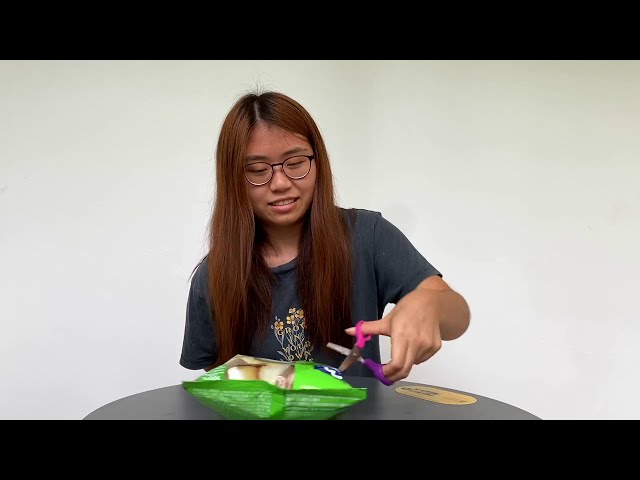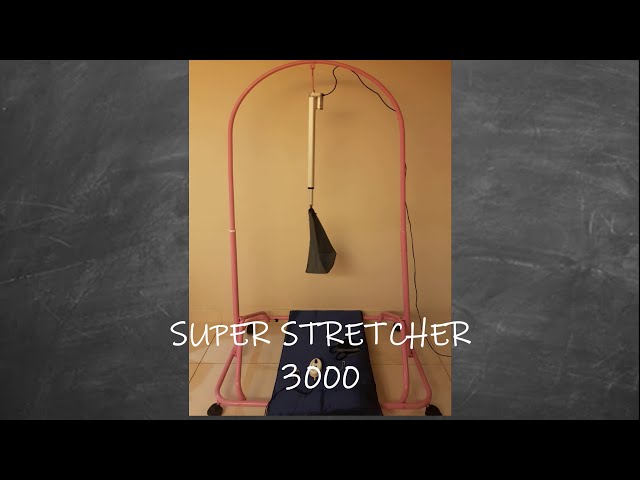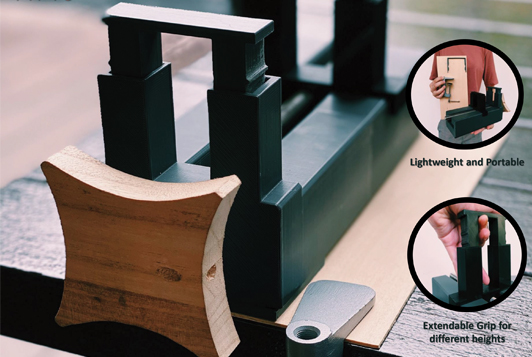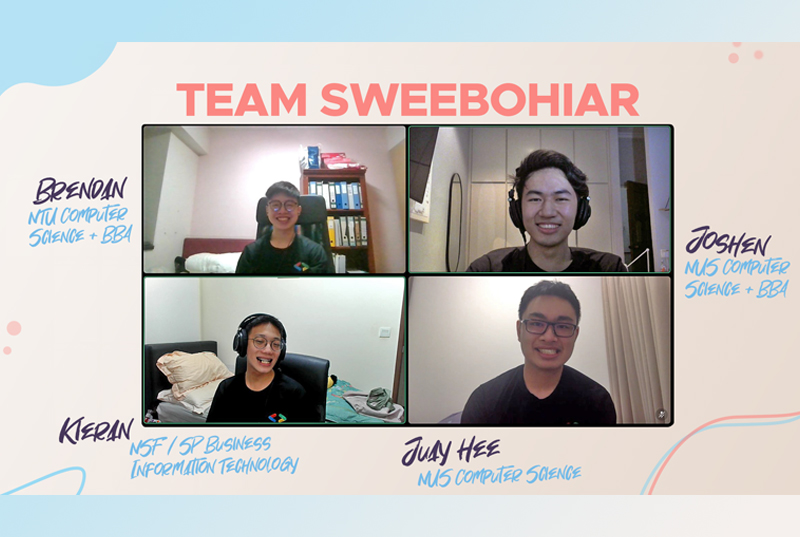Opening a bottle of drinks or a bag of snacks may be a simple matter for most.
But for Lee Yong Jie, such tasks are challenging.
He suffered a stroke in 2014 which severely reduced the motor function of his left hand, so he finds it difficult to do things which require the use of both hands.
Thanks to a group of Biomedical Engineering (BME) students from the Faculty of Engineering, however, Yong Jie may soon be able to carry out these activities much more easily.
As part of the Department of Biomedical Engineering’s BME for Good – or bGood – initiative, budding engineers from the BN4103 Assistive Technology for Persons with Disability technical elective module worked with students with disabilities from across NUS to develop products that these students would find useful in their day-to-day lives.
This partnership was facilitated by the NUS Office of Student Affairs’ Disability Support Office.
Senior Lecturer Dr James Kah, who is in charge of bGood, explained that students get to “apply their learning in the design and development of technology solutions to address healthcare-related challenges in the vulnerable community”.
In doing so, they “develop empathy (and become) biomedical engineers capable of creating tangible social impact”.
The Just Kiap, designed by Perrie Lim and her team, is one example of a bGood assistive technology project.
As the name suggests, it can “kiap” – a Singaporean slang term meaning to clip – an object between a pair of plates, stabilising it so that a user who has manual dexterity problems can perform actions such as twisting off bottle caps or cutting open plastic wrappers without struggling to hold the object in place. The device itself is portable and can be clamped onto any tabletop.
BN4103 students are taught that collaboration with users is key in creating effective products, so Perrie’s team worked closely with their community partner Yong Jie – who is majoring in Social Work at the Faculty of Arts and Social Sciences (FASS) – to identify areas where assistive technology devices could help him.
They also consulted him throughout the process of brainstorming possible solutions and coming up with a prototype, which they then built and presented to him as a gift.
“We had a great experience working with Yong Jie. His opinions really helped us to foresee a lot of the possible challenges that would be faced by the people using the product,” Perrie said.
Describing the prototype of Just Kiap as “great”, Yong Jie said: “We have been in frequent contact and they have been updating me on the progress of their project while asking for my inputs. Therefore, the functionality is up to what I have expected.”
Both Yong Jie and Perrie stressed the importance of user-centric design.
Perrie said: “Remember to ensure the project is user-centric and addresses the key needs, instead of going for generic designs that might not suit the user specifically or are too complex for the user to handle.”
Praising Perrie’s team for doing well in this regard, Yong Jie said: “They understand the needs and constraints of the user well so as to cater the design well enough for the user to maximise the use of the prototype.”
He suggested that future teams embarking on similar projects should take the time to chat more with the users that they are prototyping for.

Another BN4103 student, Jasman Adam Choo, agreed.
His team created the Super Stretcher 3000, which helps people with physical disabilities to do exercises which improve the condition of their lower body. Their community partner was Arivarun Anbualagan, also from FASS.
“The most challenging aspect of developing a prototype is the brainstorming phase leading up to the finalised design. To facilitate this process, it is important to be very thorough with your research and work very closely with your target group so that their challenges can be properly met,” he said.
For example, engineers should ask users about every detail and not make assumptions about their physical capabilities such as how high they can lift their legs.
Indeed, this spirit of cooperation is a core feature of bGood. Dr Kah is looking forward to expanding the programme and tying up with more community partners as well as bringing more cross-disciplinary expertise on board.
“There is tremendous amount of scope for us to collaborate with modules and students in other disciplines such as nursing and social work. For example, we could co-teach similar topics in different modules across different disciplines and have students work in larger collaborative teams to examine challenges and needs from different perspectives and subsequently be able to solve more complex challenges with more holistic solutions,” he said.
He also hopes for more students with disabilities in NUS to come forward and work with BME students on future projects.
For Perrie and Jasman, participating in BN4103 has been a meaningful experience.
Perrie said: “It helped us to realise how much of an impact we can create in a person's life in helping them to be more independent when doing daily tasks and given us an opportunity to witness how a device we have created can make a real impact in someone’s life. This gave us a sense of motivation to continue to do what we do and instilled in us a stronger passion in what we study so that we can continue to help more people.”
For Jasman, taking up the newly launched BN4103 module was initially “daunting”, but he soon grew to enjoy the task of designing a product for a real user who would benefit from it.
“Being able to design a product that can alleviate the medical problems faced by an individual is the cornerstone of biomedical engineering,” he said. “Knowing that our work could potentially alleviate the problems faced by a fellow peer gave us a huge sense of motivation and fulfilment.”
Noting the positive feedback that BN4103 received, Dr Kah said: “Many students appreciate the real-world experiential learning from the community and the practical opportunity to apply their learning to make a difference in other people’s life. Personally, I am encouraged that our students have found the entire learning experience meaningful and fulfilling.”

Share:
Contributor
Jonathan Tiong is a Year 4 Communications and New Media student at the NUS Faculty of Arts & Social Sciences. Water and animals are his two pet causes and he has done some volunteer work with organisations such as PUB, the national water agency, and Bunny Wonderland, a rabbit rescue group. In his free time, he is usually somewhere in the virtual world of RuneScape, a game he has played for over a decade. Jonathan blogs regularly and you can get to know him better here.
Photos: BME for Good (bGood) - A Community Engagement Educational Initiative by the Department of Biomedical Engineering




